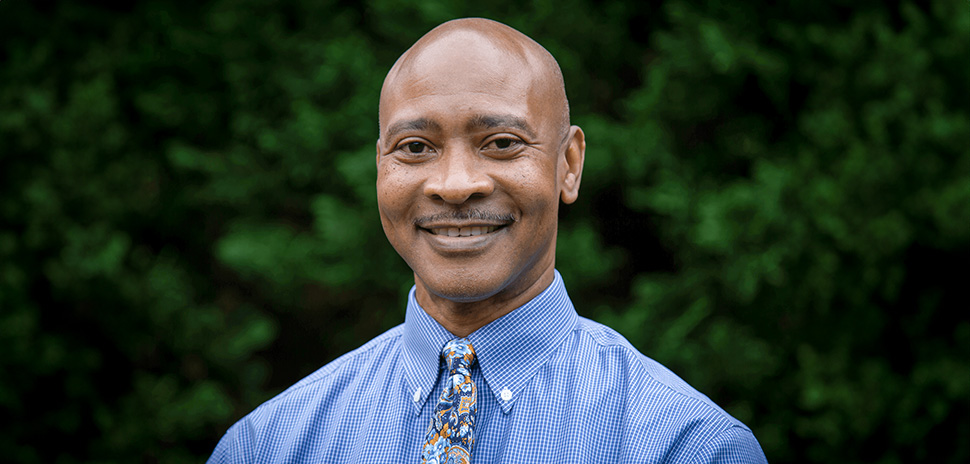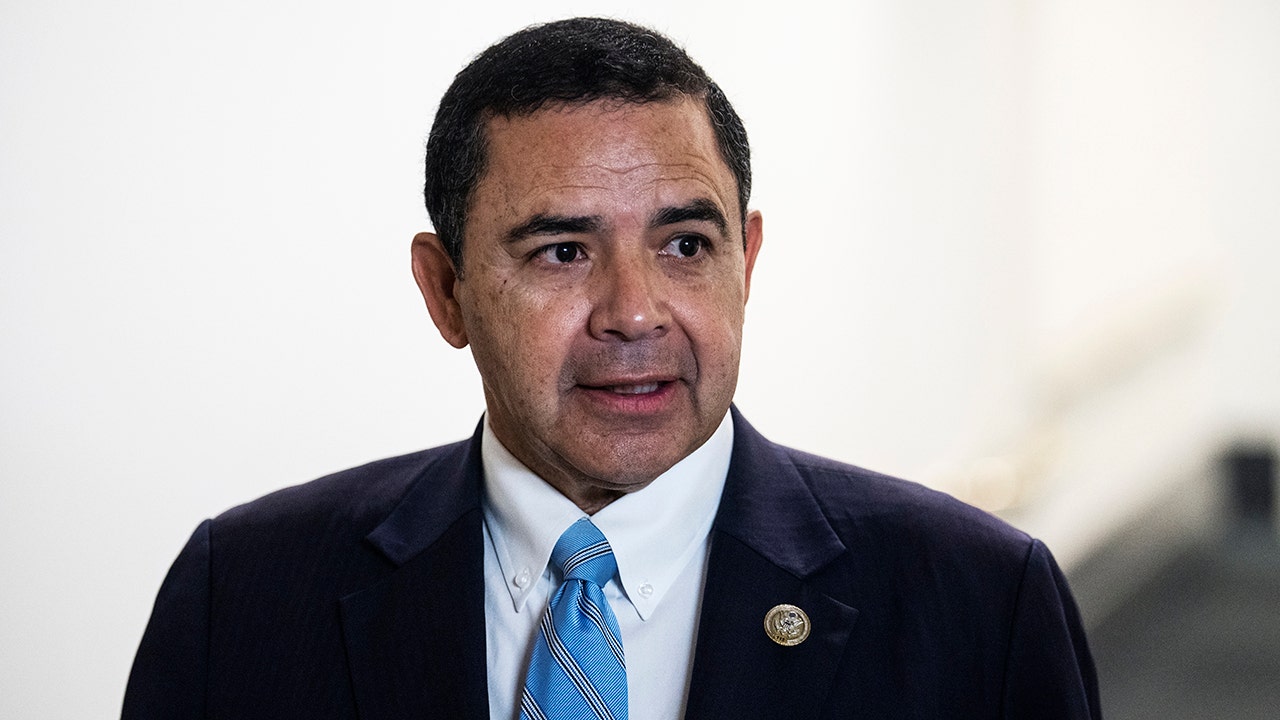Education
After Losing Their Homes, Lahaina Parents Try to Save Their School Community

The flames that ripped through Lahaina needed only a few hours to take nearly everything from Aina Kohler. Her house. Her surfing school and cafe. And her parents’ home, where she was raised.
Three weeks later, the flames are gone but they have continued to take, robbing Ms. Kohler’s 12-year-old son — and hundreds of other children — of what was supposed to be the first few weeks of the school year.
The deadly fire on Aug. 8 destroyed King Kamehameha III Elementary School in Lahaina and forced all three of the other public schools in town to close until officials determine that the air and water are safe. As of Monday, nearly 60 percent of the 3,000 public school students in Lahaina, a historic town in West Maui, had not enrolled in another public school or signed up for remote classes, essentially vanishing from the school system.
Ms. Kohler’s son, Kimo Varona, whose first day of sixth grade was supposed to be the day after the fire, still hasn’t returned to class weeks later as his family stays at a West Maui house that was offered as a refuge by a family they had never met. Kimo, whose education was already upended by Covid-19 closures, longs for some sense of normalcy with his classmates.
“The kids are having to grow up really fast right now,” said Ms. Kohler, a firefighter on Maui who helped respond to the Lahaina blaze and has turned her focus to finding an adequate school program for her son.
In recent interviews, parents and teachers said that they lived in West Maui because of the tightknit community there and that they now fear losing it if the state cannot quickly reopen schools in Lahaina.
There are no obvious solutions for families who find themselves in a situation that was unimaginable a month ago, back when students and parents were buying school supplies and getting excited about their new teachers.
Many of Lahaina’s families are staying with friends or family elsewhere on Maui, in emergency hotels on the island or in other parts of Hawaii. Some have moved to the mainland. Two Lahaina children have been confirmed dead, a 7-year-old boy and a 14-year-old boy, though officials still have not identified most of the 115 victims who are known to have died, and the ultimate death toll is believed to be higher.
For now, the Hawaii Department of Education has offered two options for Lahaina students: take the bus to schools elsewhere on Maui or enroll in a remote learning program, similar to how students learned during Covid-19 closures.
Ms. Kohler is considering signing up Kimo for remote classes but believes students should return to school in the West Maui community they know as home as soon as possible. The three other public schools in Lahaina — Princess Nahienaena Elementary School, Lahaina Intermediate School and Lahainaluna High School — remain largely intact, with only some damage from wind, debris and ash.
Ms. Kohler and many other Lahaina parents believe the focus should be on reopening those campuses and ensuring that they are safe. They do not want their children to ride the bus for 45 minutes each way on a road that they say is often closed because of car accidents or other hazards. Some also doubt the school system’s ability to run buses efficiently.
“As far as the younger kids go, we, as parents, want to keep them real close right now,” Ms. Kohler said. “They’ve been through the fire five years ago, they’ve been through Covid and now they’re going through all of our houses burning down.”
But challenges remain. Some parents fear the possible health concerns that may persist after the fire and the potential emotional strain on children who would attend schools steps away from where their town was all but destroyed and so many neighbors died.
Teachers and school employees are also struggling to stabilize their lives.
Michelle DeBaldo, a second-grade special education teacher at King Kamehameha III Elementary School, has been living in a hotel since escaping the fire, which also burned down her home and charred most of what she owned. At least 103 teachers and employees of Lahaina schools have reported that their homes burned, but all staff members are believed to have survived the fire, Keith Hayashi, the superintendent of the Hawaii public school system, said at a board meeting last week.
Teachers have been on paid administrative leave since the fire. Ms. DeBaldo said that she wanted to get back to teaching to help her students but that she did not yet have what she needed to return.
“I miss my kids. I love my job more than anything,” she said. But she added, “How am I supposed to go back to work when I don’t have clothes to work in? I lost everything.”
On Monday, Ms. DeBaldo and other Lahaina teachers met at a hotel with Education Department officials and, with many of them crying, shared their stories and criticism.
Earlier, Robert Livermore, a first-grade teacher, had organized a meeting along a beach near Lahaina to gather suggestions from parents, frustrated by a lack of information from the state.
He collected about 200 responses, and a vast majority of parents said they were interested in sending their children back to Lahaina if the schools reopened.
“King Kamehameha III is a very special school,” Mr. Livermore said. “It’s not like any other elementary school you could ever work at. We’ve got surfing lessons right outside the kindergarten windows. You’ve got the sound of the ocean in the cafeteria. It’s an amazing place.”
The future of that school, which is more than a century old, is now up in the air. Roofs have been torn off, walls scorched and windows blown out. State officials told teachers on Monday that they would establish a temporary site while they made plans for a new campus — some parents have suggested creating one in a hotel ballroom or another space in West Maui for the time being.
In a striking example of the unevenness of the fire’s consequences, in the aftermath of the fire Kimo’s twin sister received a coveted spot at the private Maui Preparatory Academy — 20 minutes north of the burn zone — and quickly returned to school.
But Kimo was not admitted to the school. More than 700 students had applied for admission after the fire, but Maui Prep said it had space for only about 140 of them.
Reuben Pali, who grew up in Lahaina and runs after-school music classes for students, feared that sending children to schools elsewhere on the island — what many on Maui call “the other side” — could exacerbate the loss of community in Lahaina. He noted that many Hawaiians had already left Maui in recent years because they were priced out.
“We’re a tight, small little community,” he said, “and being dispersed is like dispersing a family.”

Education
Video: President Biden Addresses Campus Protests

new video loaded: President Biden Addresses Campus Protests
transcript
transcript
President Biden Addresses Campus Protests
President Biden defended the right of demonstrators to protest peacefully, but condemned the “chaos” that has prevailed at many colleges nationwide.
-
Violent protest is not protected. Peaceful protest is. It’s against the law when violence occurs. Destroying property is not a peaceful protest. It’s against the law. Vandalism, trespassing, breaking windows, shutting down campuses, forcing the cancellation of classes and graduations — none of this is a peaceful protest. Threatening people, intimidating people, instilling fear in people is not peaceful protest. It’s against the law. Dissent is essential to democracy, but dissent must never lead to disorder or to denying the rights of others, so students can finish the semester and their college education. There’s the right to protest, but not the right to cause chaos. People have the right to get an education, the right to get a degree, the right to walk across the campus safely without fear of being attacked. But let’s be clear about this as well. There should be no place on any campus — no place in America — for antisemitism or threats of violence against Jewish students. There is no place for hate speech or violence of any kind, whether it’s antisemitism, Islamophobia or discrimination against Arab Americans or Palestinian Americans. It’s simply wrong. There’s no place for racism in America.
Recent episodes in Politics
Education
Where Protesters on U.S. Campuses Have Been Arrested or Detained

Police officers and university administrators have clashed with pro-Palestinian protesters on a growing number of college campuses in recent weeks, arresting students, removing encampments and threatening academic consequences. More than 2,000 people have been arrested or detained on campuses across the country.
Ala.
Alaska Ariz.
Ark.
Calif.
Colo.
Del. Fla.
Ga.
Hawaii
Idaho
Ill. Ind.
Iowa
Kan.
Ky.
La. Maine
Md.
Mass.
Mich.
Minn. Miss.
Mo.
Mont.
Neb.
Nev. N.H.
N.J.
N.M.
N.Y.
N.C. N.D.
Ohio
Okla.
Ore.
Pa. S.C.
S.D.
Tenn.
Texas
Utah Vt.
Va.
Wash.
W.Va.
Wis. Wyo.
Ala. Alaska
Ariz.
Ark.
Calif.
Colo. Del.
Fla.
Ga.
Hawaii
Idaho Ill.
Ind.
Iowa
Kan.
Ky. La.
Maine
Md.
Mass.
Mich. Minn.
Miss.
Mo.
Mont.
Neb. Nev.
N.H.
N.J.
N.M.
N.Y. N.C.
N.D.
Ohio
Okla.
Ore. Pa.
S.C.
S.D.
Tenn.
Texas Utah
Vt.
Va.
Wash.
W.Va. Wis.
Wyo.
Campus protests where arrests and detainments have taken place since April 18
The fresh wave of student activism against the war in Gaza was sparked by the arrests of at least 108 protesters at Columbia University on April 18, after administrators appeared before Congress and promised a crackdown. Since then, tensions between protesters, universities and the police have risen, prompting law enforcement to take action in some of America’s largest cities.
Arizona State University
Tempe, Ariz.
72
Cal Poly Humboldt
Arcata, Calif.
60
Case Western Reserve University
Cleveland, Ohio
20
City College of New York
New York, N.Y.
173
Columbia University
New York, N.Y.
217
Dartmouth College
Hanover, N.H.
90
Emerson College
Boston, Mass.
118
Emory University
Atlanta, Ga.
28
Florida State University
Tallahassee, Fla.
5
Fordham University
New York, N.Y.
15
Education
Video: Johnson Condemns Pro-Palestinian Protests at Columbia University

new video loaded: Johnson Condemns Pro-Palestinian Protests at Columbia University
transcript
transcript
Johnson Condemns Pro-Palestinian Protests at Columbia University
House Speaker Mike Johnson delivered brief remarks at Columbia University on Wednesday, demanding White House action and invoking the possibility of bringing in the National Guard to quell the pro-Palestinian protests. Students interrupted his speech with jeers.
-
“A growing number of students have chanted in support of terrorists. They have chased down Jewish students. They have mocked them and reviled them. They have shouted racial epithets. They have screamed at those who bear the Star of David.” [Crowd chanting] “We can’t hear you.” [clapping] We can’t hear you.” “Enjoy your free speech. My message to the students inside the encampment is get — go back to class and stop the nonsense. My intention is to call President Biden after we leave here and share with him what we have seen with our own two eyes and demand that he take action. There is executive authority that would be appropriate. If this is not contained quickly, and if these threats and intimidation are not stopped, there is an appropriate time for the National Guard. We have to bring order to these campuses. We cannot allow this to happen around the country.”
Recent episodes in U.S. & Politics
-

 News1 week ago
News1 week agoLarry Webb’s deathbed confession solves 2000 cold case murder of Susan and Natasha Carter, 10, whose remains were found hours after he died
-

 News1 week ago
News1 week agoFirst cargo ship passes through new channel since Baltimore bridge collapse
-

 World1 week ago
World1 week agoHaiti Prime Minister Ariel Henry resigns, transitional council takes power
-

 World1 week ago
World1 week agoSpanish PM Pedro Sanchez suspends public duties to 'reflect'
-

 World1 week ago
World1 week agoUS secretly sent long-range ATACMS weapons to Ukraine
-

 News1 week ago
News1 week agoAmerican Airlines passenger alleges discrimination over use of first-class restroom
-

 Movie Reviews1 week ago
Movie Reviews1 week agoHumane (2024) – Movie Review
-

 Education1 week ago
Education1 week agoVideo: Johnson Condemns Pro-Palestinian Protests at Columbia University













